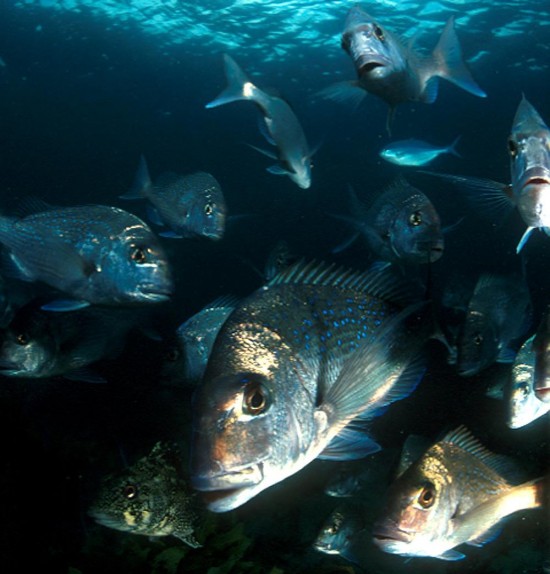Below is the media release giving the basic outline of the illustrated presentation that Dr Roger Grace will be giving at the Bay of Islands Maritime Park Inc. AGM that will be held at –
10am Saturday 31st October
Treaty Room 1
Copthorne Hotel, Waitangi.
The presentation will be relevant to any communities exploring how to communicate the need for marine protection and catchment management:
“HOW CAN WE RESTORE THE WATERS OF THE BAY?”
Dr Roger Grace
We all want the waters of the Bay of Islands to be as bountiful and prolific as our grandparents found them in the early half of last century. But with over a hundred years of forest clearance and dramatic change in the land-use practices around the Bay, as well as a huge increase in the commercial and recreational fishing pressures and advances in technology, the favoured habitats of fish have been seriously degraded, and far too many fish have been taken out of the sea.
If we want to restore the waters of the Bay we have to get serious about minimizing sediment and nutrient runoff from the land, concurrently with providing highly protected areas where the fish can recover and begin to make a comeback. We expect the fish to provide us with endless opportunities to catch a feed, yet we seem reluctant to give them safe havens in which they can do their thing and ultimately provide us with those opportunities.
Roger Grace looks at the history of snapper fishing in northern New Zealand, as an example of what has happened to several of our popular fished species. He also follows some more recent history of encouraging changes that have occurred in the few totally protected areas we have in northern New Zealand, and compares this with half-hearted attempts at partial protection. We can’t “have our cake and eat it too!”
The story is similar for crayfish. Massive increases in crayfish have occurred at Tawharanui Marine Park, which has been totally protected for 26 years and provides a secure haven for crayfish to multiply to huge numbers and sizes and act as an extremely valuable stud farm. In contrast, partial protection at Mimiwhangata Marine Park for a similar length of time has had no positive effect on fish or crayfish populations, all of which have gone down hill seriously despite the absence of commercial fishing.
The message is clear. We need a good network of highly protected areas in the Bay and adjacent coasts if we are to make any headway towards restoration of the marine habitats and fish life towards their former glory.
If we want to get serious about restoring fish life in the Bay of Islands, then we have to get serious about a network of fully protected areas where they will have a chance to recover.
For more information on the presentation or the Bay of Islands Maritime Park Inc, please click here to email David Clarkson.


Comments
I am the Secretary for Kenana Te Ranginui Marae Trust Management committee that runs the affairs of the Trust. I have spoken to a lady at your Kaitaia office. My query to her was, who are you and she said she would send information on who your organisation was and your relevance to hapuu & Iwi in our, Ngati Kahu ki Te Taitokerau area. I have yet to receive that information. A detail that she mentioned was that you are affiliated to DBMPG or is it vice versa? I await that information please so that I can table it at our next Marae meeting at Te Ranginui Marae.
I am the Secretary for Kenana Te Ranginui Marae Trust Management committee that runs the affairs of the Trust. I have spoken to a lady at your Kaitaia office. My query to her was, who are you and she said she would send information on who your organisation was and your relevance to hapuu & Iwi in our, Ngati Kahu ki Te Taitokerau area. I have yet to receive that information. A detail that she mentioned was that you are affiliated to DBMPG or is it vice versa? I await that information please so that I can table it at our next Marae meeting at Te Ranginui Marae.